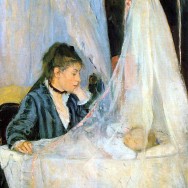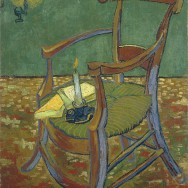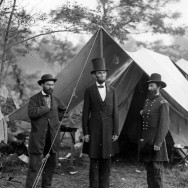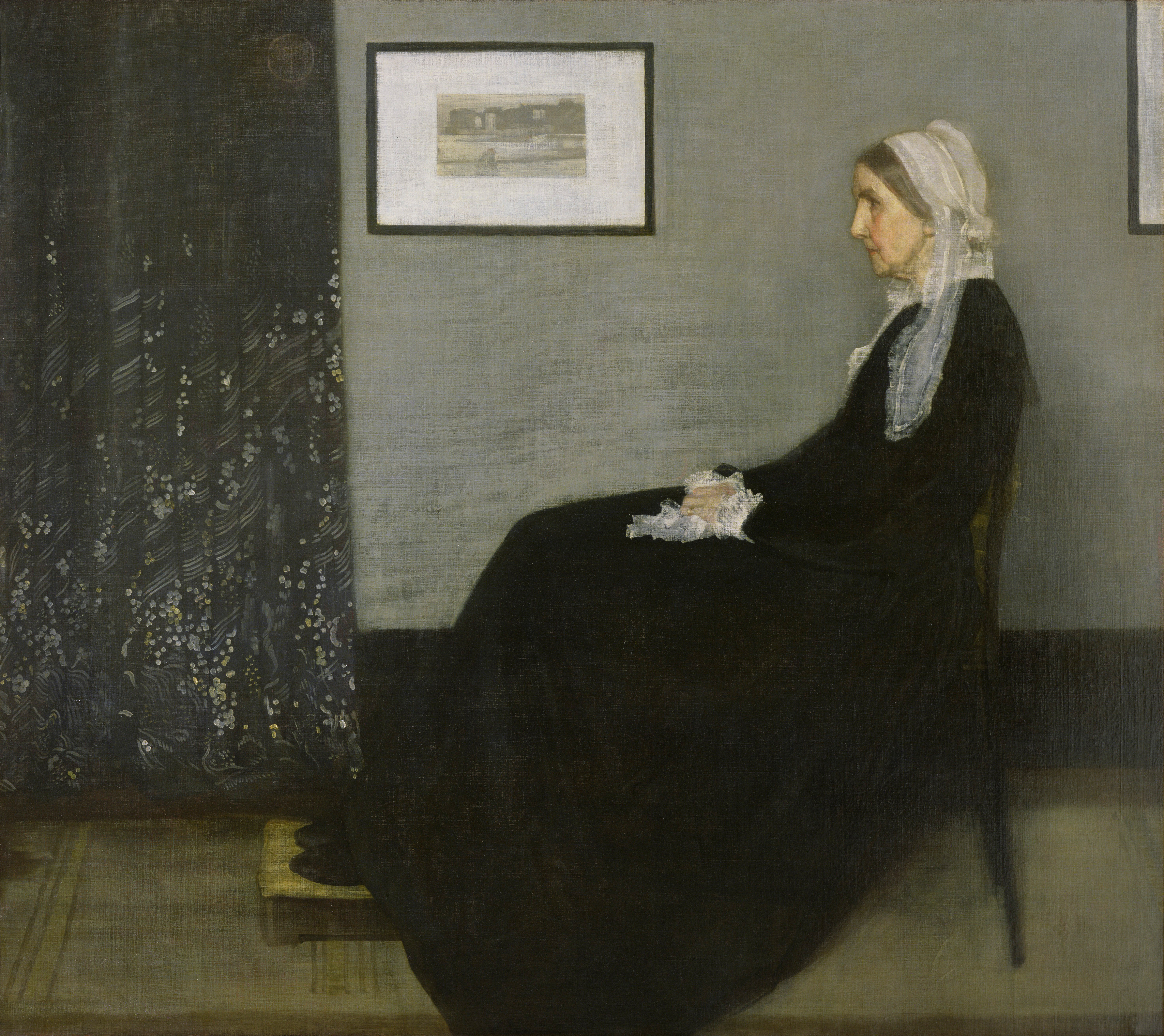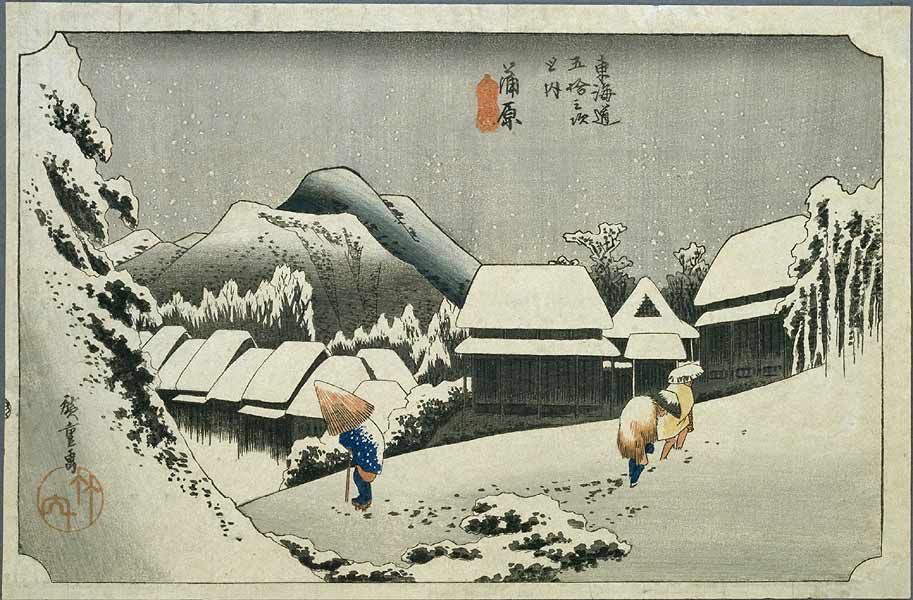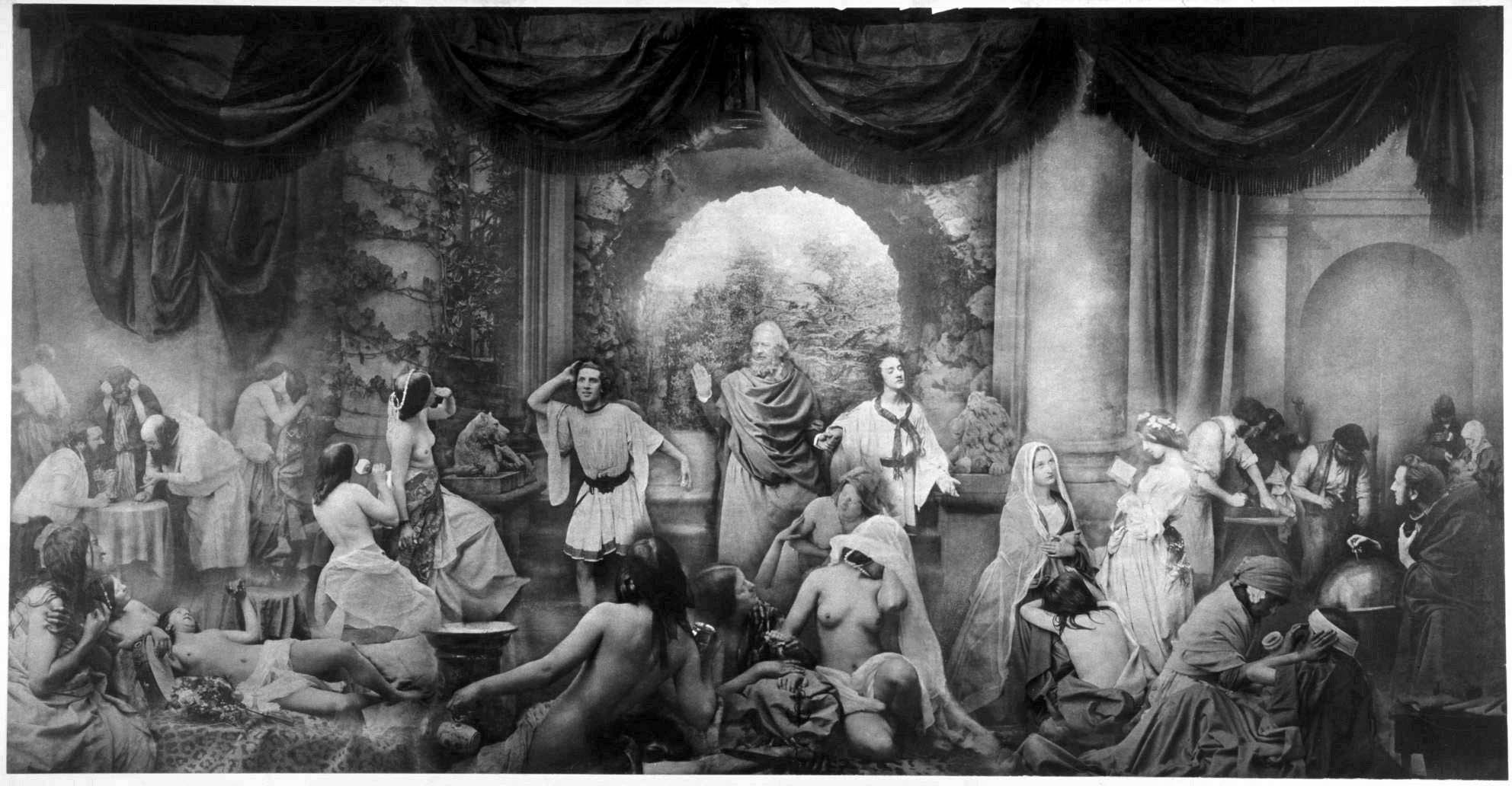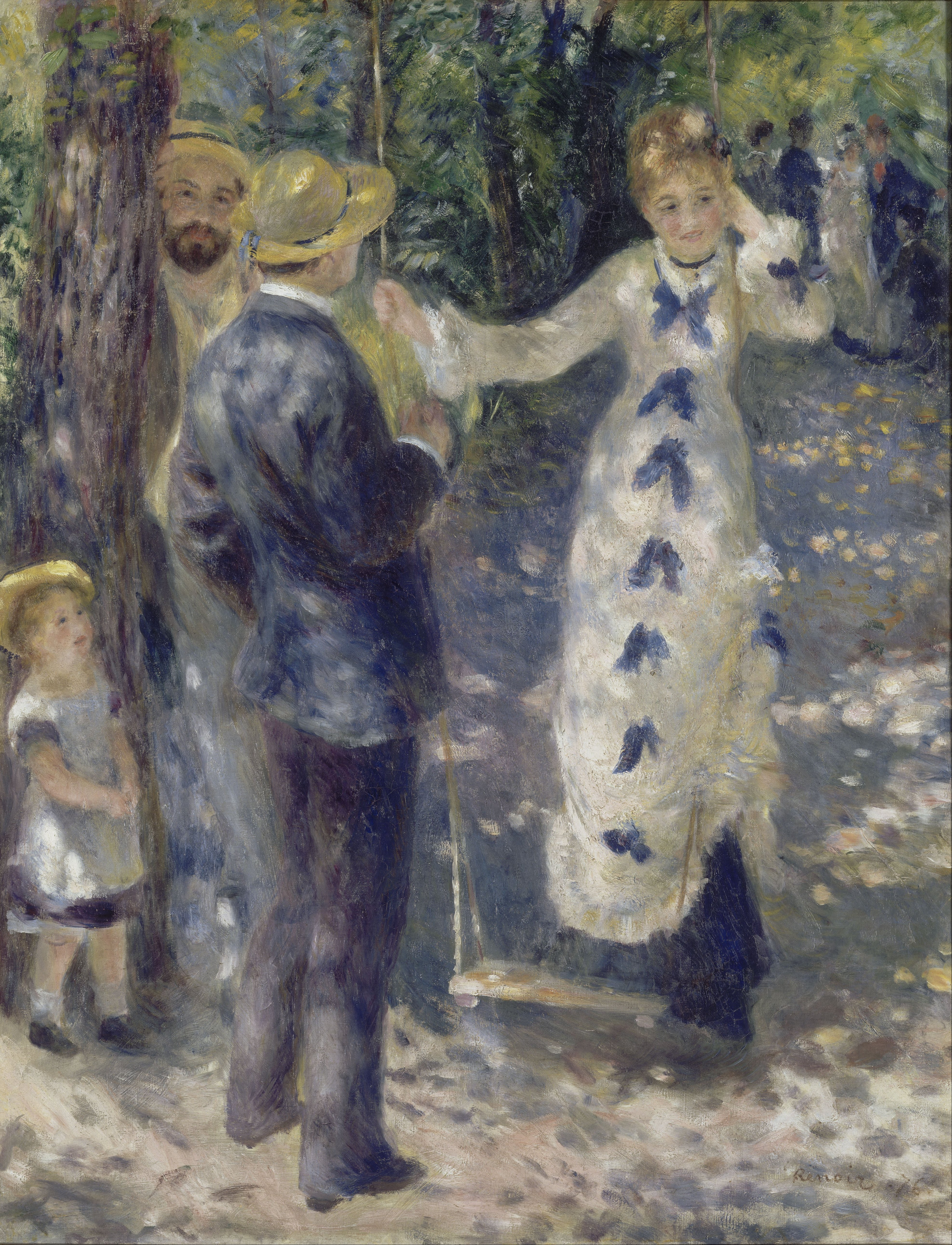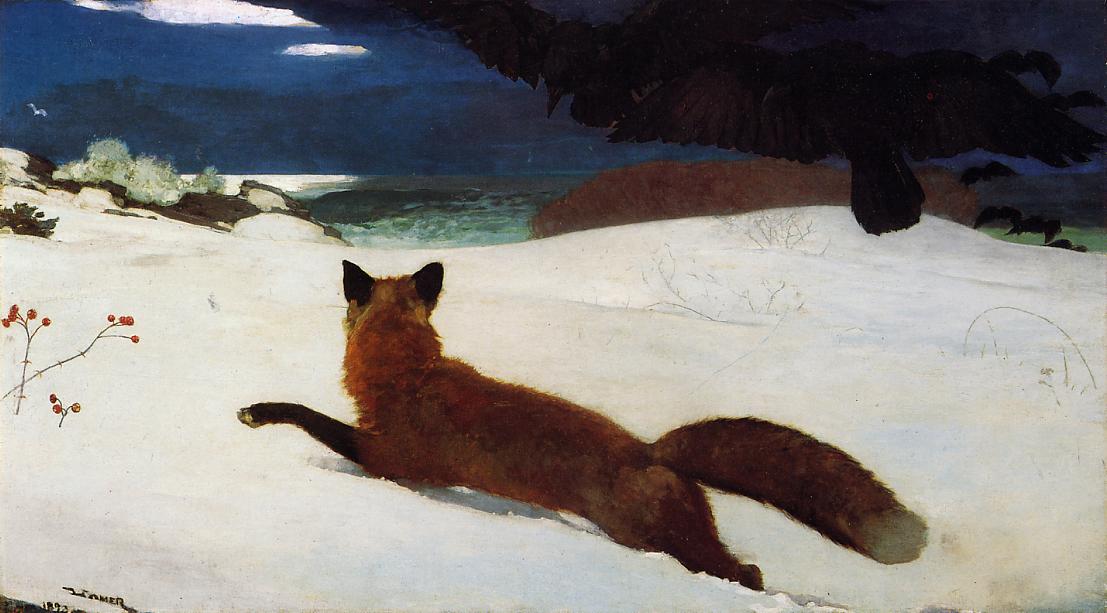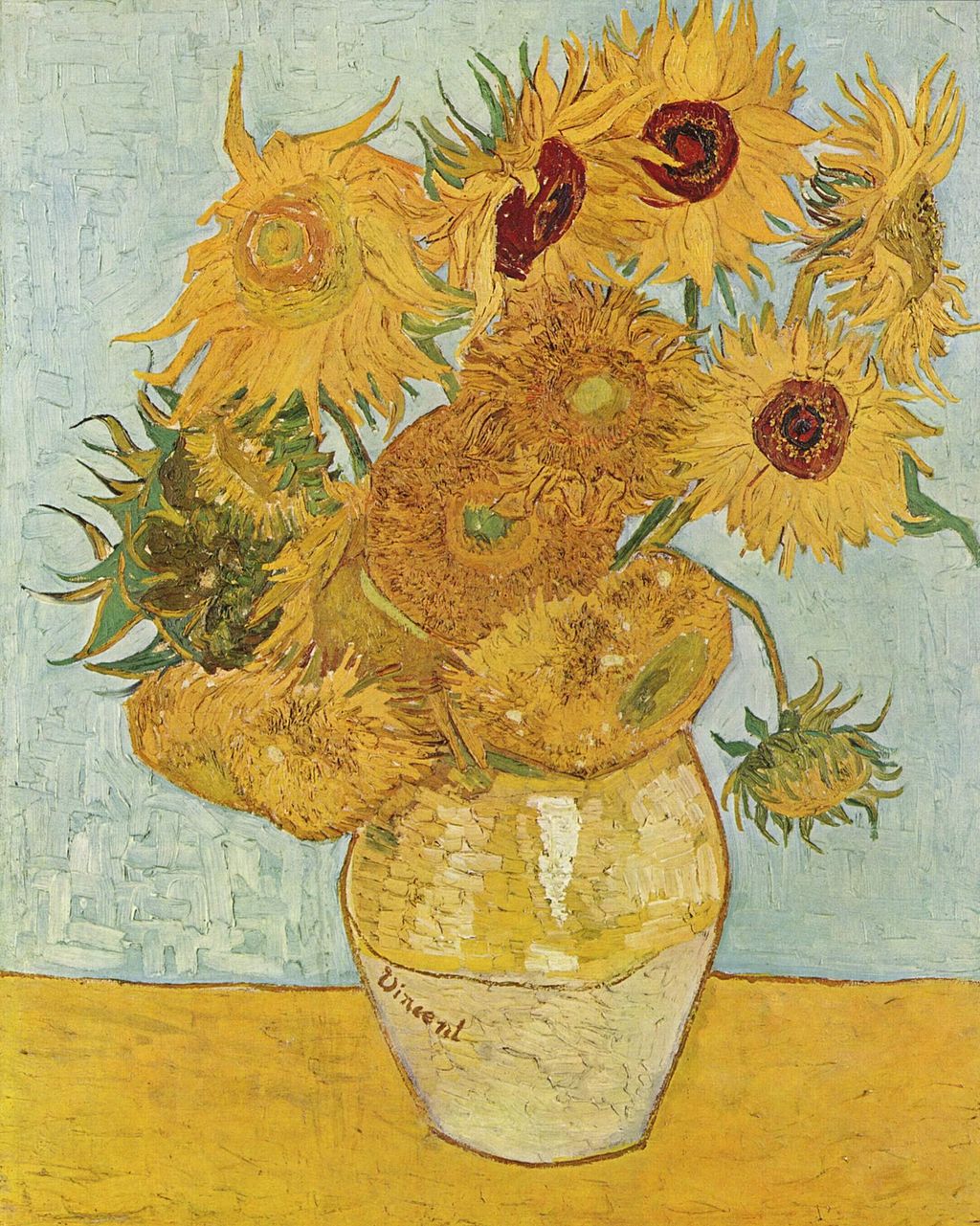Madame X is the painting that ultimately ruined John Singer Sargent’s reputation in the Parisian art society. It is a portrait of Virginie Amélie Avegno Gautreau, an American-born expatriate who was well known for her style and beauty. Sargent emphasized … Continue reading
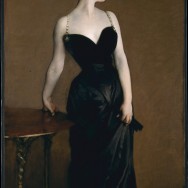 John Singer Sargent, Madame X, 1883-1884, oil on canvas, 82.1” x 43.3”, Metropolitan Museum of Art, New York, Public Domain via Wikimedia Commons.
John Singer Sargent, Madame X, 1883-1884, oil on canvas, 82.1” x 43.3”, Metropolitan Museum of Art, New York, Public Domain via Wikimedia Commons.

